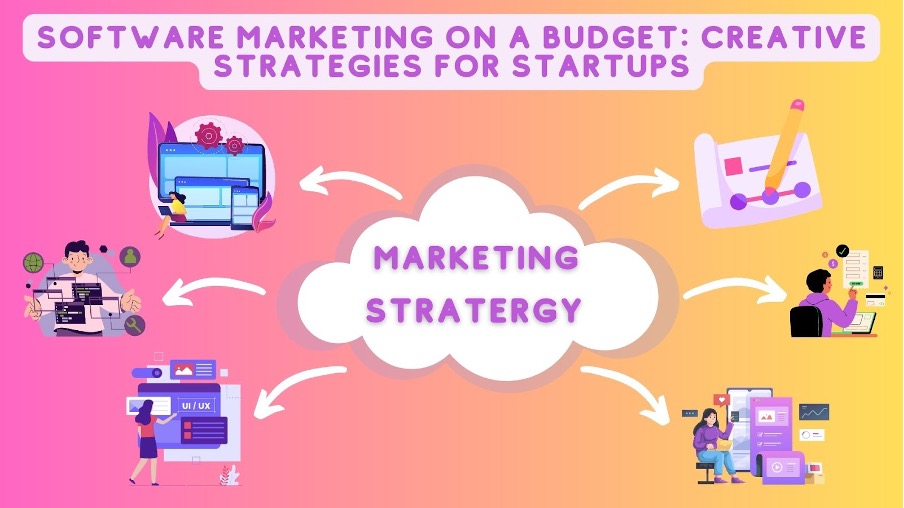Sydney, a city defined by its iconic Opera House and bustling Bondi Beach, has undergone a remarkable technological evolution. From the historic streets of The Rocks to the modern skyscrapers of Barangaroo, the cityscape narrates a story of the integration of tradition with cutting-edge innovation. As Sydney’s urban fabric continues to evolve, it solidifies its position as a dynamic hub of technological advancement, with places like the Central Business District and tech hubs in Surry Hills leading the charge. Meanwhile, In the ever-evolving landscape of technology, the nexus between the digital and real world is forged by the art of user experience (UX) design. As such, this article talks about user experience for virtual landscapes, exploring how UX design in Sydney empowers businesses to create impactful digital adventures that resonate with users on a profound emotional level.
Crafting Business Success: The Essence of User Experience
In the expansive realm of virtual landscapes, user experience design emerges as a pivotal factor in business success. It’s more than just interface aesthetics; it’s about crafting seamless journeys that resonate with your audience. From the thrill of navigating innovative solutions to the satisfaction of achieving goals, every interaction shapes user perceptions and fosters positive emotional connections.
Fostering Emotional Engagement: Beyond the Interface
User experience design is a conduit for emotions, transcending the screen interface. As businesses venture into virtual realms, it’s not solely about showcasing products—it’s about eliciting emotions that amplify brand affinity. It’s about users feeling a surge of enthusiasm as they uncover features or a sense of trust in a platform’s ease of use. Effective UX design engenders authentic emotional connections with your brand.
Navigating Complexity with Intuition: Business-Centric UX Design
Virtual landscapes often present intricate challenges, mirroring the complexity of business environments. So, business-centric UX design, coupled with expertise from an agency for UX design in Sydney, acts as a compass, guiding users through these intricacies with finesse. A well-architected interface anticipates user needs and streamlines interactions, transforming complexity into a seamless experience that empowers users and elevates your brand’s credibility.
From Interaction to Brand Immersion: The UX Evolution
The evolution of user experience transcends mere interaction; it’s about brand immersion. Businesses today venture beyond static interfaces, striving to create immersive experiences that leave a lasting impact. Every design element, from intuitive navigation to intuitive visual aesthetics, contributes to the narrative that defines your brand’s essence.
Partnering with UX Agencies: Transforming Business Frontiers
For businesses navigating the realm of virtual user experience, the expertise of UX design agencies becomes invaluable. In the business-centric landscape of Sydney, engaging an agency for UX design in Sydney is an astute move. These agencies possess the acumen to translate your business goals into innovative digital experiences, ensuring that every touchpoint resonates with your audience and translates into enhanced brand loyalty.
Conclusion
In the symphony of business growth, virtual landscapes are stages where brands orchestrate success. User experience design is the conductor’s wand that guides every note, stirring emotions and fostering engagement. And as businesses traverse the digital landscape, do not overlook the human element—emotions that anchor users to these digital encounters. Hence, embrace the expertise of UX design agencies as they illuminate the path to meaningful interactions that enhance your brand’s identity and foster lasting connections with your audience. In this digital age, it’s the orchestration of these experiences that truly propels businesses toward triumph.










